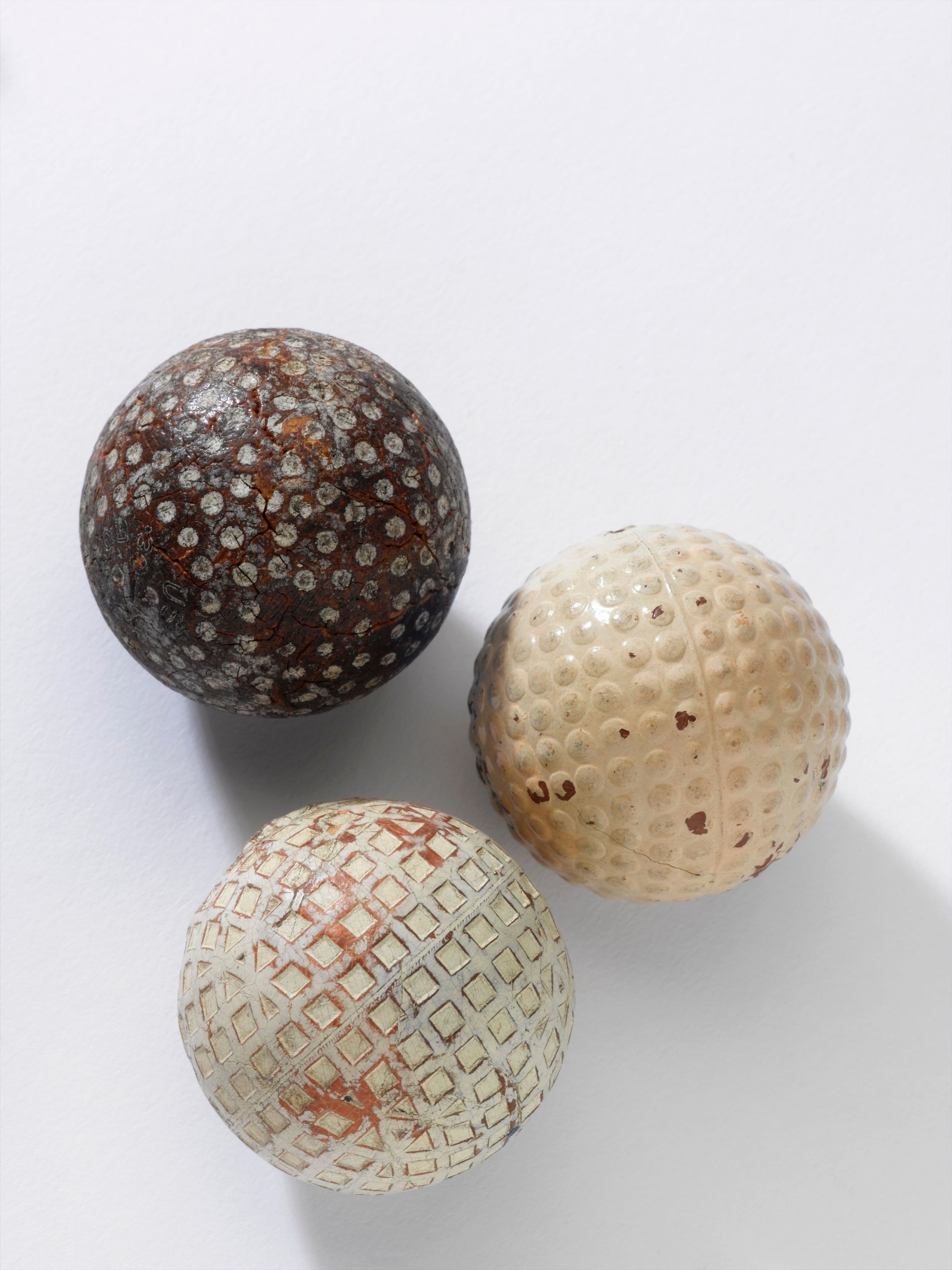Golf
Golf Ball Dimples Explained: Number and Purpose
Golf balls are more complex than they seem. A key feature is the dimples covering their surface. These small indentations play a big role in performance.

A general view of a Titleist golf ball and driver//Getty Images
Dimples on a golf ball are not just for show. They have a specific purpose rooted in physics. The dimples affect the ball's aerodynamics, helping it fly further and straighter.
When a golf ball is struck, it moves through the air at high speed. Dimples create a thin layer of turbulence around the ball. This reduces drag and allows the ball to cut through the air more efficiently.
Why Are Golf Ball Dimples Necessary?
A smooth ball would not perform well in golf. Without dimples, the drag on the ball would be much higher. This would cause it to lose speed and distance quickly.
Dimples also help the ball stay stable in the air. They minimise erratic movement by ensuring a consistent flight path. Golfers rely on this predictability to aim their shots.
The right dimple design can even affect spin. High spin rates are important for control, especially when approaching the green. Dimples make this possible by enhancing the ball's interaction with the air.
Dimples benefit golfers of all skill levels. Beginners may not notice the details, but dimples help keep shots straight. For professionals, dimples can be the difference between winning and losing.
A well-designed golf ball with the right dimple pattern can add distance to your shots. It can also improve control around the greens. This allows golfers to play more confidently.
Understanding how dimples work can help you choose the right ball. Consider your playing style and what you want to achieve. Some balls are better for distance, while others prioritise control.
According to Scientific American, a smooth golf ball hit by a professional golfer would only travel half as far as one with dimples.
How Many Dimples Does a Golf Ball Have?
The number of dimples varies between manufacturers. Most golf balls have between 300 and 500 dimples. However, some balls have as few as 250 or as many as 600.
Producing an estimate can be difficult because of variation, but according to iGolf, most golf balls contain around 336 dimples.
The exact number of dimples depends on the ball’s design. Manufacturers test different configurations to optimise performance. The shape, depth, and arrangement of dimples also play a role in how the ball comes off the golf club.
Each golf ball model is designed with a specific purpose in mind. Some are built for distance, while others focus on control. Dimple patterns are adjusted accordingly to suit these needs.
What Shapes Are Golf Ball Dimples?
Golf ball dimples are typically spherical. However, some brands experiment with alternative shapes.
Hexagonal dimples are another option. They provide a different aerodynamic effect, often improving stability. Other shapes, such as ovals or teardrops, are rare but occasionally used.
The shape of the dimples works with their depth. Deeper dimples create more turbulence and reduce drag. Shallow dimples allow for higher spin and better control.
The History of Golf Ball Dimples
Dimples were not always part of golf ball design. Early golf balls, known as "featheries," were made of leather and stuffed with feathers. These smooth balls did not travel far.
Later, gutta-percha balls became popular in the mid-19th century due to better performance and cost efficiency.
By the end of the 19th century, the game was revolutionised by the rubber-wound golf ball, which gave way to the modern golf ball as we know it today. Modern golf balls are now engineered for maximum performance, thanks in large part to their dimples.

Golf Balls//Getty Images
Do All Golf Balls Have Dimples?
There may be a few examples of training balls or novelty golf balls that do not adhere to a standard design, but all golf balls used in serious play have dimples.
Professional golfers use balls with highly optimised dimple designs. These balls are tailored to their specific needs. The absence of dimples in competition would severely affect performance.
Leonard Solms is a freelance journalist who has been covering local and international sport from South Africa since 2015. Best known for his work for ESPN, he has also written for Al Jazeera, The Continent, New Frame, Planet Rugby and GiveMeSport among several other publications.